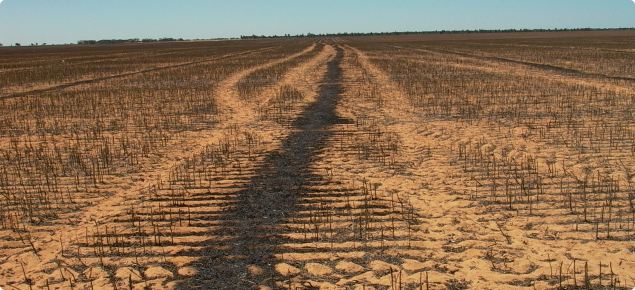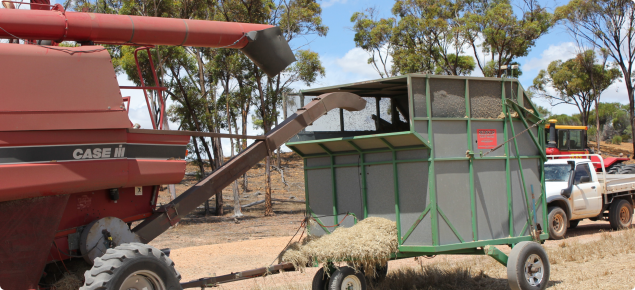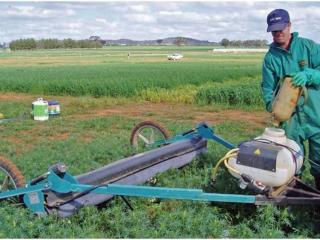IWM plan development
An integrated weed management plan should be developed for each paddock or management zone based on five steps.
- Review past actions. The history of herbicide use can be used to prioritise weed management tactics to avoid the use of high risk herbicide mode-of-action groups and identify those paddocks at risk (where weed populations can be prioritised for resistance testing)
- Assess the current weed status (see also 'Herbicide resistance' and 'Assessing weed population density')
- Identify weed management opportunities within the cropping system. Ensure that the proposed changes to the weed management system are suited to the land, infrastructure, resources and the tactics are environmentally and economically sound.
- Match opportunities and weeds with suitable and effective tactics.
- Combine ideas using a rotational planner. A rotational planner needs to be drafted for each paddock and include details such as key weeds, soil type, soil pH, resistance issues, crop and pasture rotations, selected weed management tactics and plans for herbcide use.
In a well-integrated weed management plan, each target weed will be attacked using different tactics. Each tactic provides a key opportunity for weed control and is dependent on the management objectives and the target weed’s stage of growth. Tactic should be combined in the same way herbicides from different herbicide mode-of-action (MOA) groups are rotated. Integrating tactics and MOA groups will reduce weed numbers, stop replenishment of the seedbank and minimise the risk of developing herbicide resistant weeds.
For further reading refer to:
- Crop weeds: reduce weed seed numbers in the soil
- Crop weeds: controlling small weeds
- Crop weeds: stop weed seed set
- Crop weeds: weed management at harvest
- Crop weeds: hygiene - prevent weed seed introduction
Successful weed management also relies on the implementation of the best agronomic practices to optimise crop growth. Basic agronomy and fine-tuning of the crop system are the important steps towards weed management.




